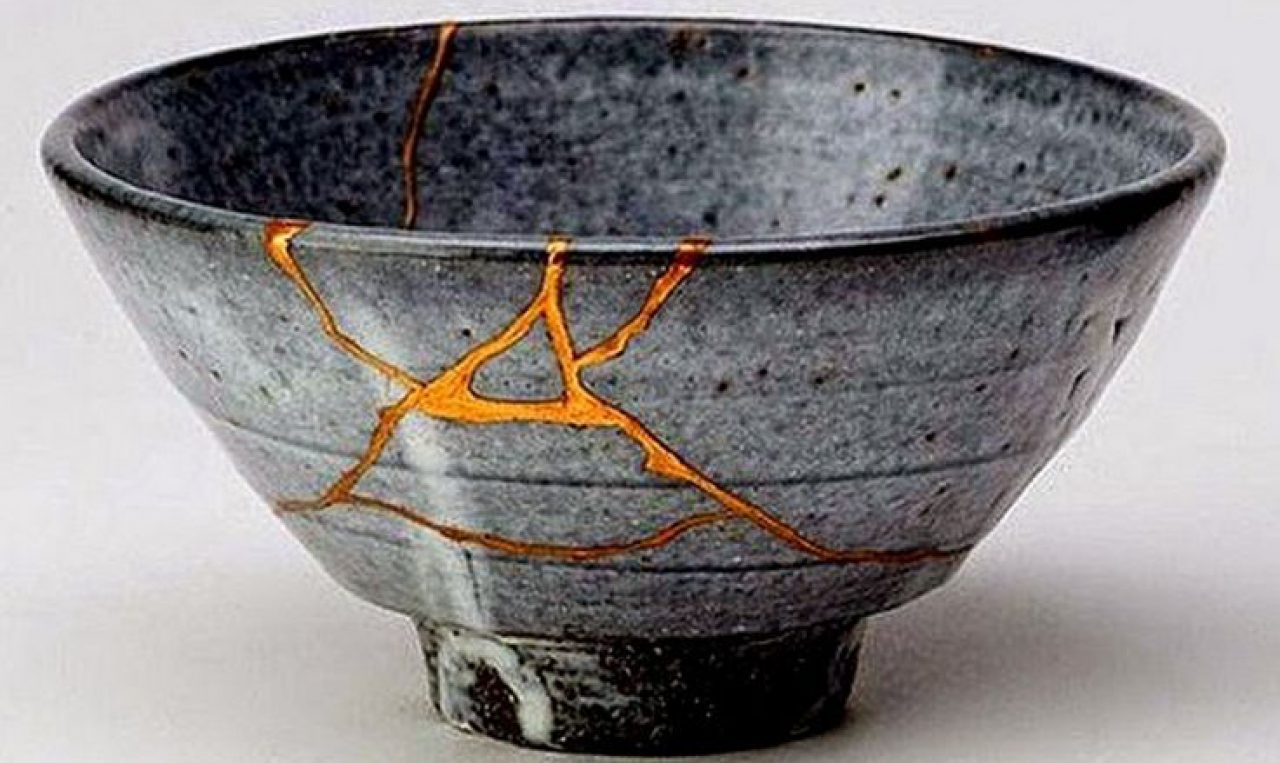Ashil Patel
Professor Joe
English 110
September 16, 2016
Studies show that nearly 32 percent of federal prisoners returned to prison within five years of their release to community supervision. Spelman believes that our correctional system doesn’t have any effect on the criminals, you can put someone in a box for several years but that won’t repair their mindset of being a criminal. “Punishment is aimed not at repairing the harm offenders did to the victims, nor at repairing offenders or their relationships to victims and the community. Indeed, if anything, punishment seems geared to trying to break offenders and to rupture their connection to the larger society not just by putting up all manner of physical, social, and emotional barriers, but by making offenders think that the only consequences of their acts they need to think about are the punitive consequences for themselves” (Spelman 56).
Criminals ruin lives of innocent people and families; they break something that may not be able to be repaired. Just imagine losing a loved one, that memory of what and when it happened will forever be in the back of your head. Families will have flashbacks of the moments they cherished with that loved one, a loved one that no longer can cherish them back. In recent cases Brock Turner was convicted of felony for sexual assault. Turner was a student athlete at Stanford University on January 18, 2015 when he sexually assaulted an intoxicated and unconscious 22-year-old. We expect someone that did harm to this extent to be behind bars, but for this case he is free, Turner only spent three months in a correctional facility. How can someone be able to walk freely after doing something to that extent? “Repair is not about the new. It is by definition about the survival of the old. Repair appears to be not about making progress but about halting decay, about sustaining something after it has degenerated from its ideal state” (Spelman 137). You can’t repair what you did, Turner can’t just wake up and say sorry. His future actions will later be judged for repair, as Spelman says people have to break through continuity, they can’t just forget what happen. “In devastating such paths of continuity, repair appears to be neither a science nor an art another reason, perhaps, for it not being on the radar screen of significant human doings” (Spelman 137). Just imagine the hurt that the poor victim and her family is feeling right now. There’s nothing that can be done to forget what happen on January 18th. A person can look perfectly fine on the outside, but the interior is still damaged, humans have the ability to cover their emotions and make it seem like everything is pitch perfect but in reality it’s not. Not everyone is eager to seek help from someone, so they bundle up all the hurt and try to forget what has gone wrong. The only way to seek repair is to own up to what has happened and get help to relieve the pain, not everything will be fixed at once, it may take several attempts to feel some sort of discloser.
“To think about repair requires us to recognize our own failures and imperfections and those of the world we live in, to take seriously what we may unreflectively be inclined to regard as the necessary but uninventive and uninspiring work of repairing the damage due to such flaws” (Spelman 138). Brock Turner has to think about his failures, he needs to think about the wrongs he’s done. An apology isn’t just going to come over night, he has to change his lifestyle so others can see that the one mistake he made doesn’t define his life.
